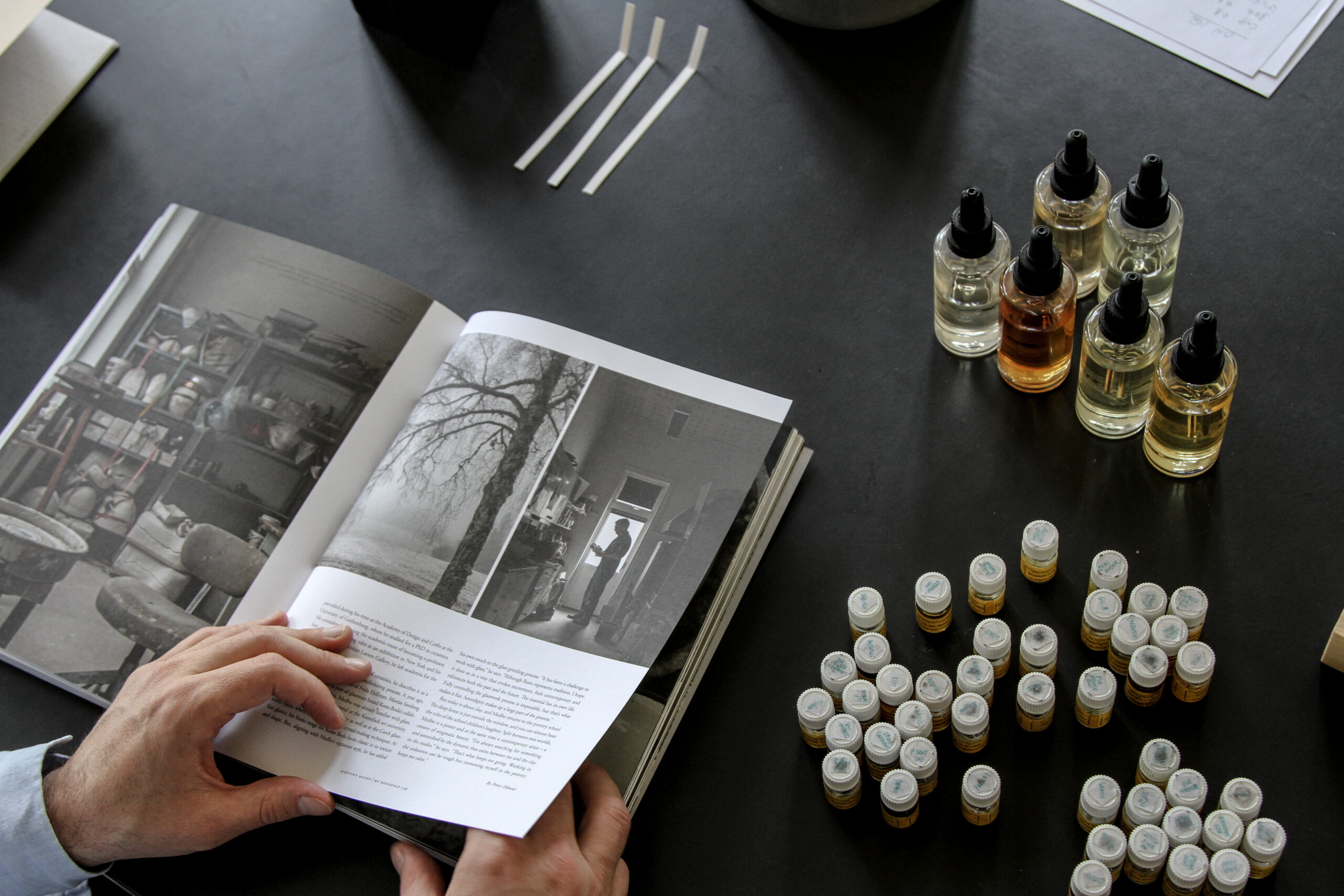
There are so many factors which influence trends in workspace design and workplace culture, so planning for life after Covid-19 is no easy task for businesses which want to look beyond 2020.
Employees are returning to a very different environment as lockdown eases; an office in which hygiene is top of the priority list and where social distancing principles lie behind almost everything they see.
What is most complicated for employers is how to work out what new trends in the workplace environment will be just a temporary fix, and perhaps stay in place for only a few month as people adjust, and which will be around for the long term?
In fact, some are even asking: do we need an office at all? And that’s a poignant question when you consider how well millions of people have coped with working from home.
It’s easy to make those kind of fast-trigger reactions at a time when most of us are finding it hard to imagine the world as it used to be, before pandemic was the first word in every news report and the first consideration in every business decision.
The hygiene screen
A screen to shield computer users from their colleagues, and to prevent germs moving from one work station to another, is pretty much number one on the list for all businesses. We can expect to see them in offices across the country. But it’s not a completely simple fix. Already we have seen a shortage in the UK of acrylic, leaving some companies with a long wait to order screens in.
Fortunately, there are other types of Plexiglas and Perspex which can be used to provide a barrier. The same would be true even of cardboard screens, a cheap if unattractive, short-term solution for smaller businesses.
Then there’s a decision about how high to make them. The average screen is 600mm high, but we’ve already had orders for 950mm screens which protect users even when they stand up.
Perhaps, just as important a consideration is whether these screens are a gimmick to keep people happy now – or whether they will be part of office design for years to come.
They certainly give employees an extra confidence factor – most have seen them in use at supermarket tills and therefore believe they work. But environmentally speaking they go against the grain in a world where we are trying to reduce the amount of plastic we consume.
Read more: What the COVID-19 pandemic means for office sustainability
Spacing between desks
There is every chance the government will alter social distancing rules in future, perhaps taking the measurement down from 2m down to 1m, a figure recommended by the World Health Organisation. So, making long-term plans for the office based on today’s rules may not make sense.
We are seeing a lot of businesses remove desks to increase space – but many are putting those desks in storage rather than throwing them away. It suggests they see the current re-design as a temporary measure.
The new layouts are likely to stay in place for the coming months, but if we find a cure or vaccine then it could start to change again in 2021.
There must be sensible level of response in terms of office layout, too. In the supermarket we are still walking past each other. You can’t change everything because once a day someone might walk past the back of your chair. But people are that fearful, and in the short term measures need to be taken to allay their fears and get them back into the workplace.

Image: Coventry flooring provider Amtico has created a range of specialist floor design for social distancing and wayfinding.
Homeworking
There have been a lot of articles already about the death of the office, suggesting more and more people will work from home in future having done so without problems during the lockdown.
However, not all businesses share that prediction. Many believe that homeworking will stay for the remainder of the year but will morph into flexible working after that – an environment in which people spend some time in the office and some at home.
We have heard of companies that want to end their lease and either move somewhere smaller or even do without an office long term. They see this as the time to make a clean break and make homeworking the new normal. But the advice in the industry is not to be too hasty giving up space. Let things settle down and see how it pans out. We believe the office will be back.
Closure of collaborative and creative work space
On-trend workspace design until now was aimed at introducing areas where people would meet and collaborate in the office. Small pods, for instance, where there was a big screen and a cosy atmosphere to inspire ideas and creativity. That’s going to change. It’s certainly gone for this year. But don’t bank on it disappearing all together. Some designers believe people’s attitudes will change within a year and once we can give our family members a hug, people will feel more confident in the office, providing Covid-19 is under control.























